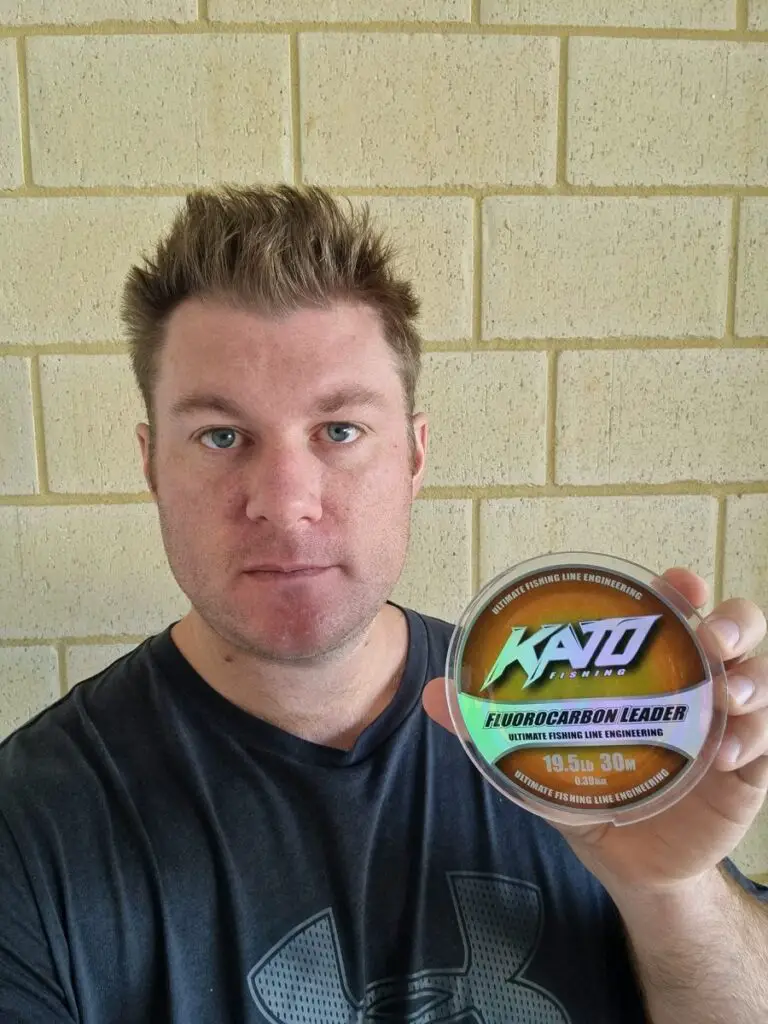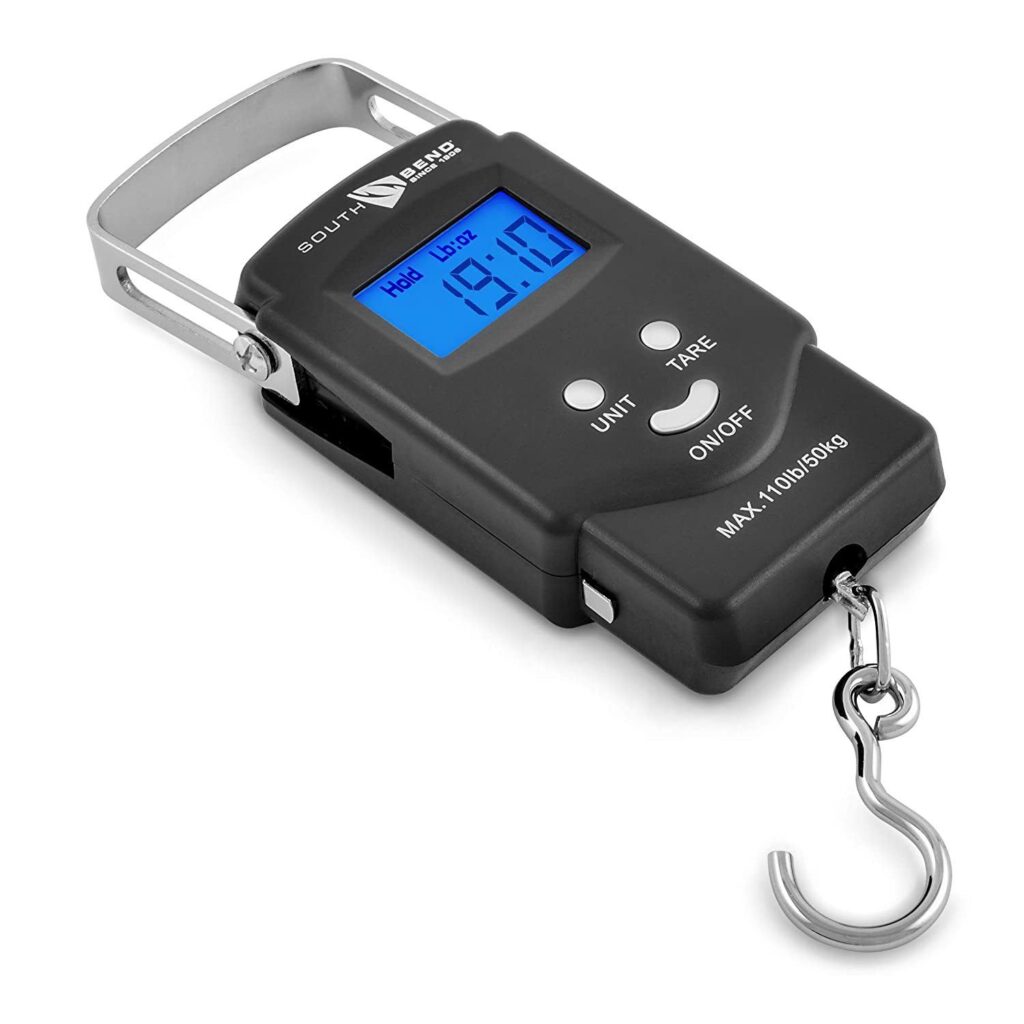Fishing line strength and performance depend on various factors, including age, storage conditions, and usage. A simple manual check for line strength, abrasion, and color can help determine if your fishing line is still good.
The risks of not replacing a degraded line are far greater than just losing a potential catch. A weak line can snap unexpectedly, potentially leading to accidents. A sudden line snap could send a lure flying, posing a risk to you or others around you. Trust me, it’s better to be safe than sorry!

Table of Contents
Does Old Fishing Line Go Bad or Expire?
From personal experience, I can tell you that old fishing line does degrade over time. The truth is, fishing line isn’t like a fine wine – it doesn’t get better with age. Changes in its physical properties, such as color, strength, and elasticity, are the telltale signs of a past-its-prime fishing line.
The critical factor is the line’s exposure to the elements. Sunlight, heat, cold, saltwater – all these can significantly impact the quality of your fishing line, whether it’s braid, mono, or fluoro.
Test Fishing Line Strength
Testing fishing line strength is something I make sure to do before any big fishing trip. One common method I use to test the line’s strength involves tying a knot and seeing how much force it takes to break. The pound test, as commonly called, can give you an idea of the line’s current strength.
You can perform a pound test at home quite easily. Attach a weight to the fishing line and gradually increase the load. If the line can hold near its stated line weight without snapping, it’s likely still in good shape.

Test for Abrasion Cuts and Nicks
Another telltale sign of an old fishing line is the presence of abrasion cuts and nicks. To find these, I run the line through my fingers, feeling for any inconsistencies. It’s a simple yet effective way to spot problem areas that might weaken the line during a battle with a big fish.
Nicks and cuts might mean it’s time for a replacement for braid and monofilament lines. Abrasion resistance is generally higher for fluorocarbon, but it still pays to check.
Visual inspection is an essential part of maintaining your fishing line. Look for signs like inconsistent line diameter, fraying, or visible nicks and cuts. These are signs that your line strength has been compromised and it’s time for a replacement.

How Long Does Fishing Line Deterioration Take?
The rate of fishing line deterioration depends on the type of line and the conditions it’s exposed to. Monofilament and fluorocarbon lines should be replaced annually, while braided lines can last up to four years under proper storage conditions.
That said, I always advise frequent anglers to check their lines more often. Constant exposure to the elements can speed up deterioration. You should perform a check for abrasion damage before every fishing trip.
| Type of Fishing Line | Expected Lifespan |
| Monofilament | 1 Year |
| Fluorocarbon | 1 Year |
| Braid | 4 Years |
How Often Should Fishing Lines Be Replaced?
Replacing fishing lines depends on how often you fish and the conditions your line endures. As a rule of thumb, I replace my mono or fluoro every season and my braided line every two to three seasons.
But remember, if you fish more frequently, or in harsh conditions, you might need to replace your lines more often. Always perform a pound test and check for abrasion before a big trip.
| Type of Fishing Line | Recommended Replacement Frequency |
| Monofilament | Every Year |
| Fluorocarbon | Every Year |
| Braid | Every 2-3 Years |
Why Do Fishing Lines Go Bad?
Fishing lines go bad mainly due to environmental factors. Exposure to sunlight can cause the line to lose its strength over time. Saltwater can also degrade your line, as can simple wear and tear from regular use.
The most common cause of fishing line failure is abrasion from sharp fish teeth, underwater structure, rocks, and other objects. Even bass have teeth that can damage your line over time.
The most likely part of the line to be damaged is within 1-3 feet of your lure.
In my experience, even the best lines on the market can’t escape these realities. It’s just part of the game we play as anglers.
Storing and Caring for Fishing Lines
How you store and care for your fishing lines significantly impacts their longevity. I’ve learned the importance of proper storage and care for fishing lines from my years of fishing.
Keep your fishing lines away from direct sunlight when not in use. UV rays can degrade the line over time, reducing its strength and causing discoloration. Similarly, store your lines in a cool, dry place to prevent heat damage.
After a fishing trip, especially in saltwater environments, rinse your lines with fresh water and dry them before storage. Salt crystals can cause abrasions that weaken the line. These simple care steps can go a long way in maintaining your line’s performance and lifespan.

Recycling Old Fishing Lines
Being a responsible angler means caring for your gear and the environment. When it’s time to retire your old line, don’t just throw it away. Fishing lines can take hundreds of years to degrade, threatening wildlife and ecosystems.
Many tackle shops and local marinas have recycling programs for old fishing lines. They collect old lines and send them to recycling centers, turning them into new products like fish habitat structures, park benches, and even new fishing lines.
